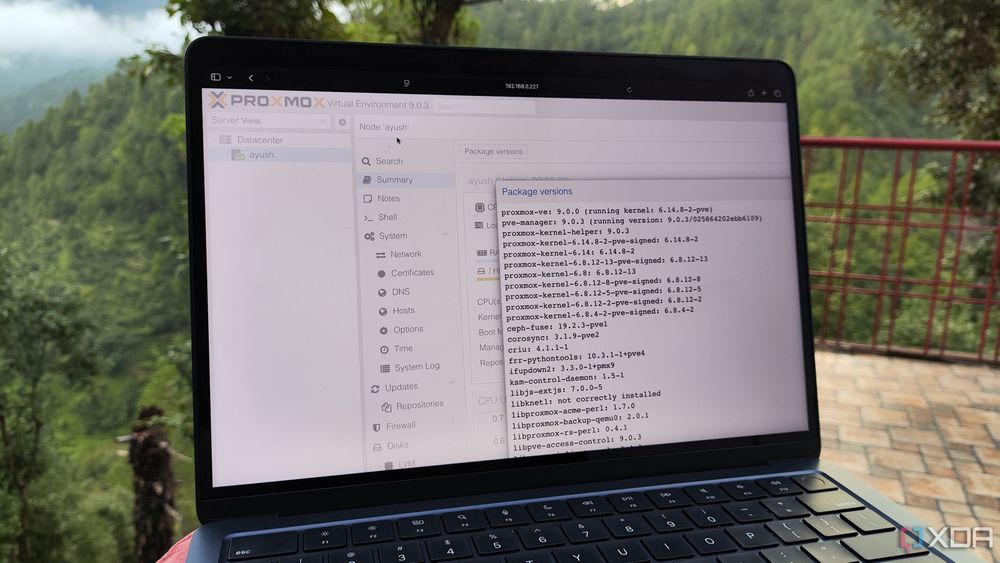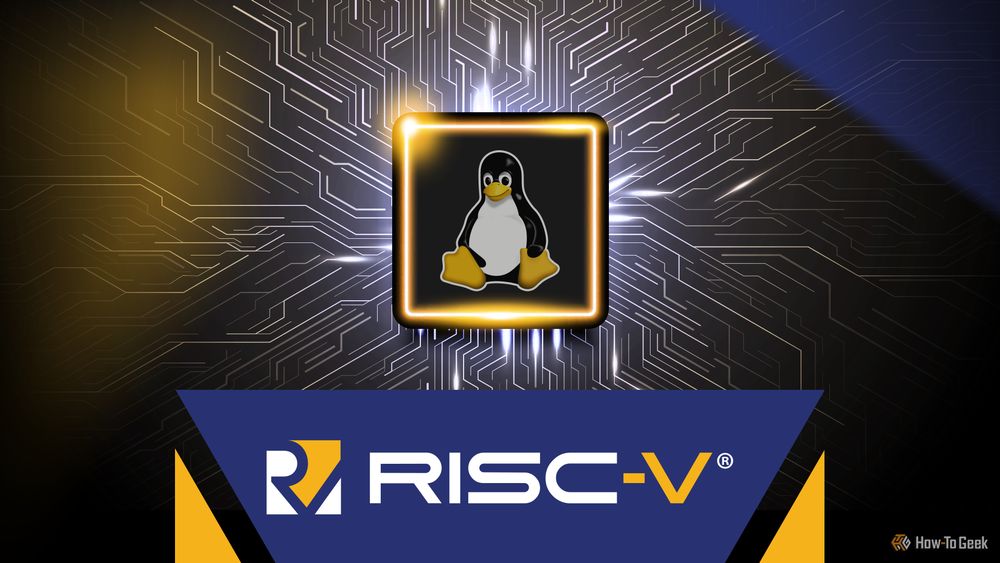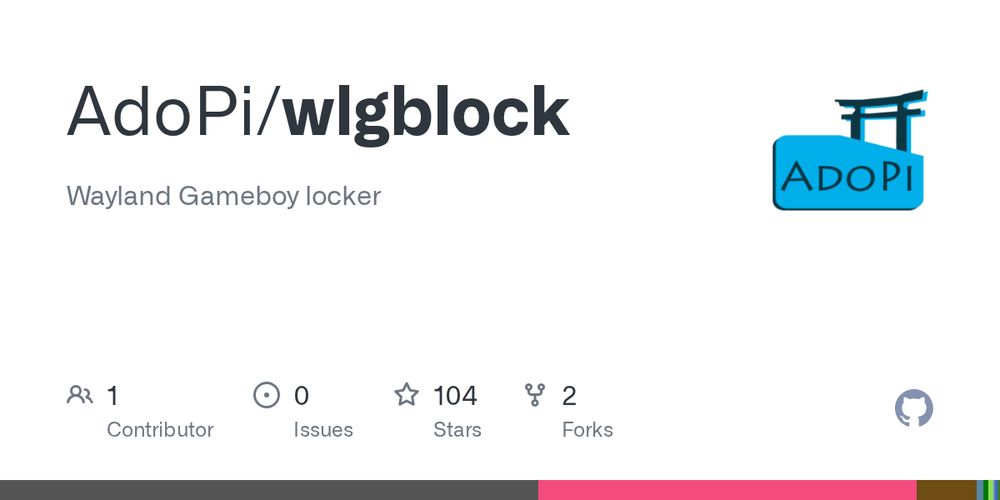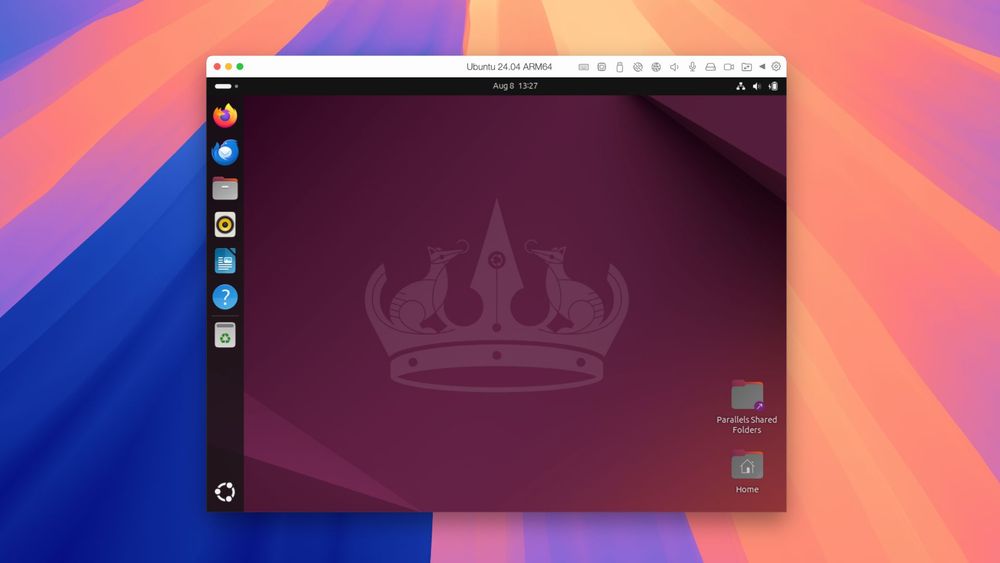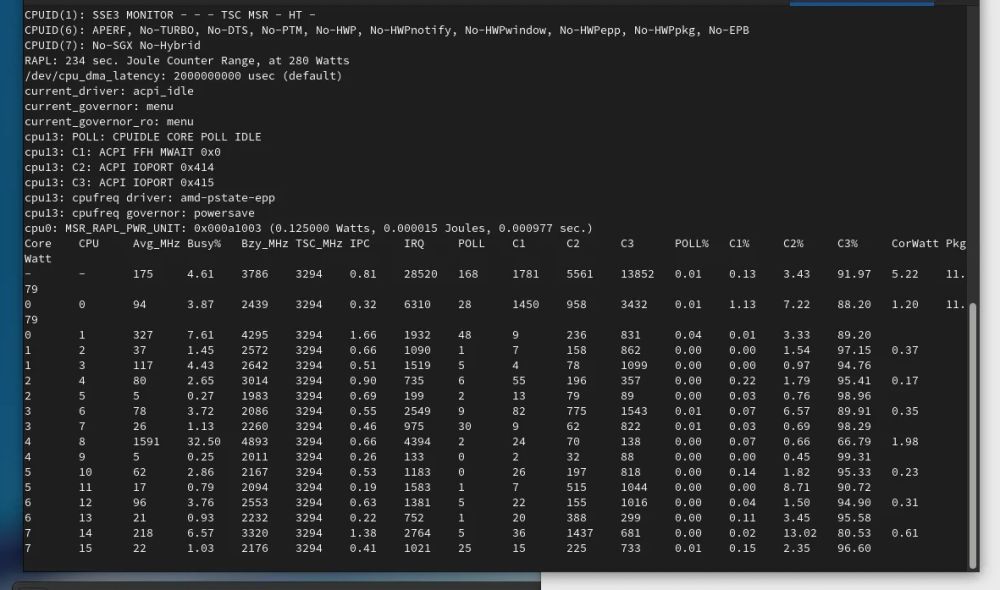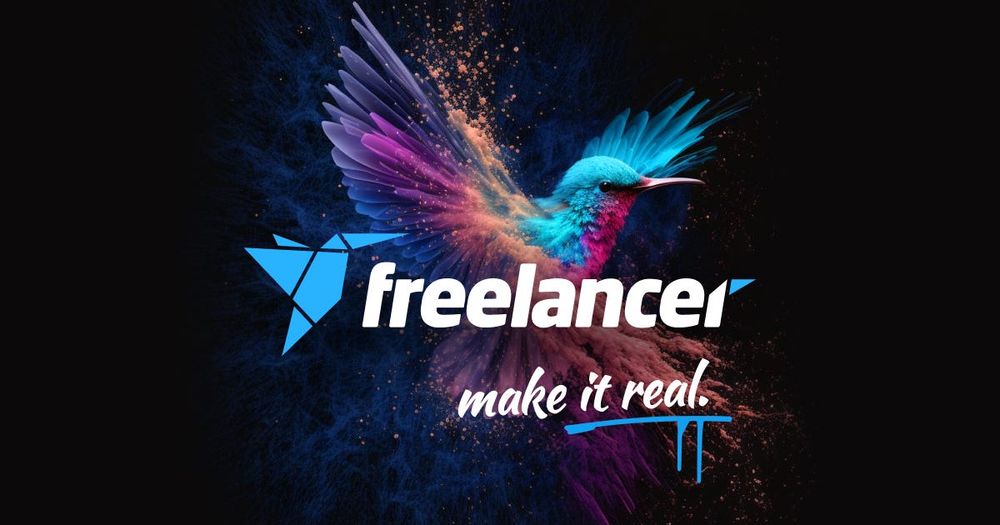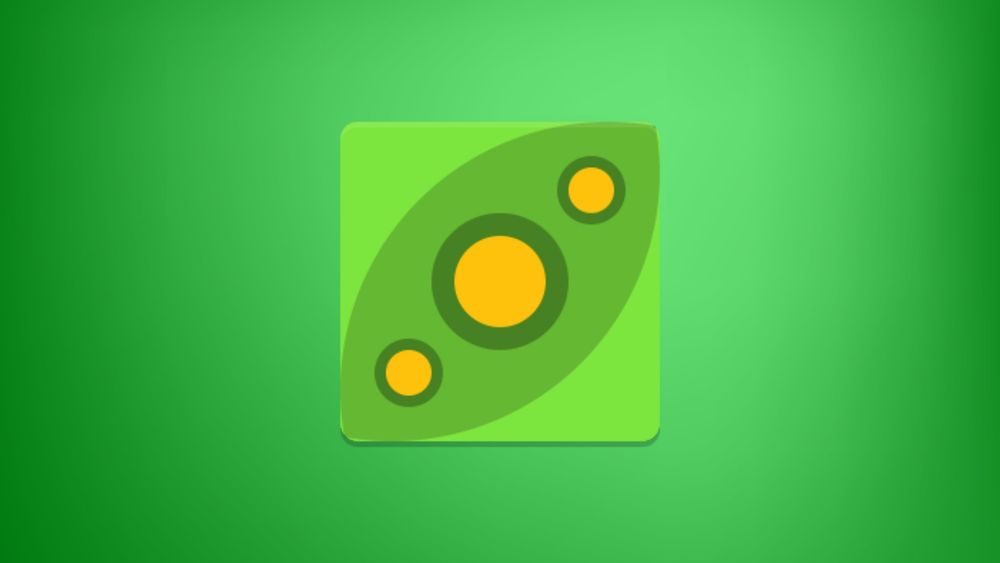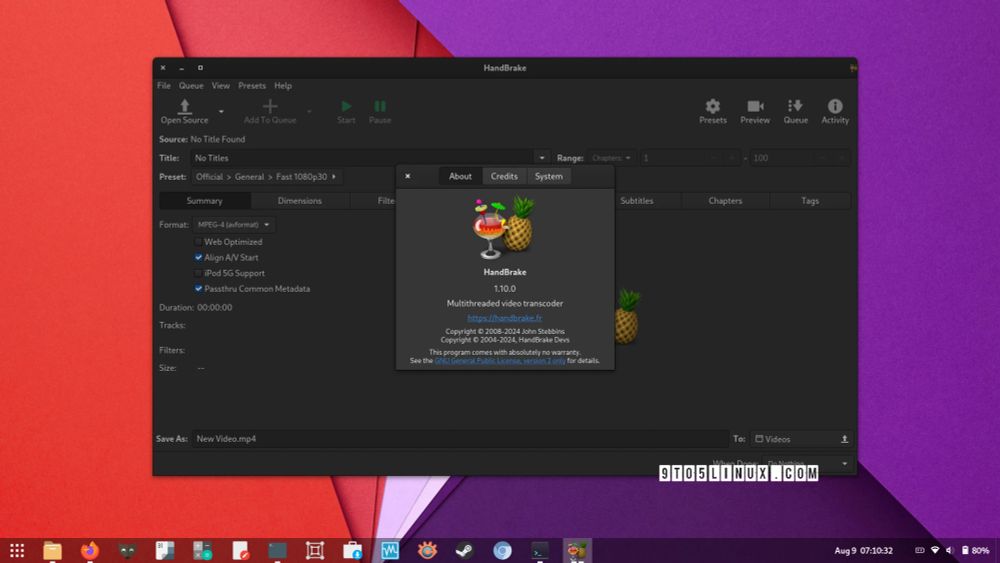
A Guide to Choosing the Right Operating System: Windows vs. Mac vs. Linux
In a world where almost every aspect of our lives touches technology — from the phone that wakes us in the morning to the computer that drives our work, creativity, and entertainment — the choice of an operating system is not merely a technical decision. It is, in many ways, a personal declaration. Choosing between Windows, Mac, and Linux is a little like choosing a home: each has its own architecture, its quirks, and its atmosphere.
People often underestimate the emotional component of this decision. The operating system you select will greet you every morning when you power on your machine. Its interface will frame your thoughts, its limitations will shape your habits, and its strengths will amplify your abilities. That’s why making an informed choice matters — not just for productivity, but for comfort, creativity, and peace of mind.
## Understanding the Soul of an Operating System
An operating system is more than the software that boots your machine and opens your programs. It is the quiet conductor of your digital symphony. Beneath the visible interface, it manages memory, controls hardware, allocates processor time, secures your files, and decides how your computer interacts with the world.
Windows, Mac, and Linux are the three titans in this arena. Each was born in a different cultural and technological context, and each carries the DNA of the philosophies that shaped it. Windows is the practical workhorse, striving to accommodate the needs of billions. MacOS is the polished artisan, crafted with an obsession for design and integration. Linux is the fearless tinkerer, born of collaboration and open-source ideals.
## Windows: The Ubiquitous Giant
For decades, Windows has been the default operating system for the majority of the world’s computers. Its roots stretch back to the mid-1980s, when Microsoft sought to bring graphical computing to the masses. Over the years, Windows evolved from a simple interface running on top of MS-DOS to a full-fledged, highly sophisticated OS.
Its greatest strength lies in its universality. Hardware manufacturers across the world design their machines with Windows compatibility in mind. This means that if you need a specific type of software — from advanced engineering tools to the latest PC games — chances are it’s built with Windows in mind.
There’s also a cultural familiarity here. For many people, their very first interaction with a computer was through the Windows Start Menu. The muscle memory, the icons, even the sound effects are part of a shared digital heritage. This familiarity creates comfort, but it also means Windows has to serve a staggering range of users — from schoolchildren to aerospace engineers — which inevitably leads to compromises.
## The Character of Windows in Daily Life
Living with Windows feels like living in a vast, bustling city. There is immense variety and opportunity, but also a certain messiness. The openness that allows so much hardware and software compatibility also creates room for inconsistencies. One day you might be installing a cutting-edge 3D modeling program, the next you might be wrestling with a driver update or an unexpected error message.
Security is another aspect where Windows has historically been both criticized and praised. Being the most popular OS makes it a prime target for malware. Microsoft has made enormous strides in building in robust defenses, from Windows Defender to regular patch cycles, but security-conscious users still need to stay vigilant.
If you are a gamer, Windows is arguably the promised land. DirectX, Nvidia and AMD driver optimizations, and massive industry support make it the platform where the latest and greatest games almost always appear first. If your life revolves around CAD, simulation, or other specialized industrial software, Windows is also where those tools live and thrive.
## MacOS: The Elegant Ecosystem
MacOS is the beating heart of Apple’s computer lineup. From the moment you lift the lid of a MacBook or boot up an iMac, you’re met with a sense of cohesion that is rare in the tech world. This is not accidental — it’s the result of Apple controlling both the hardware and the software, an approach known as a “walled garden.”
This integration means MacOS often feels smoother, more predictable, and more refined than its rivals. Animations are fluid, menus are consistent, and even the smallest design choices — the translucency of a sidebar, the tactile click of a trackpad — feel intentional.
For creatives, MacOS has long been a sanctuary. Designers, video editors, musicians, and photographers gravitate toward it for reasons that go beyond aesthetics. Applications like Final Cut Pro, Logic Pro, and GarageBand are either exclusive to Mac or work exceptionally well on it. The retina displays on MacBooks render colors with stunning accuracy, making them a favorite among visual artists.
## The Experience of MacOS in Everyday Use
Living with MacOS feels like living in a meticulously designed apartment where every drawer and shelf is placed with care. The beauty is not just skin deep — under the hood, MacOS is based on a UNIX foundation, making it stable and secure. This is a boon for developers and those who need to run complex command-line tools, as it provides a powerful backend wrapped in a friendly interface.
Security-wise, MacOS benefits from its smaller market share and Apple’s tight control over its ecosystem. It is less frequently targeted by malware, and its app distribution model — centered on the Mac App Store — offers an additional layer of safety. That said, no system is invulnerable, and Mac users are not immune to phishing, ransomware, or other online threats.
The integration with other Apple devices is one of MacOS’s crown jewels. Features like Handoff, AirDrop, and Universal Clipboard make it feel as though your Mac, iPhone, iPad, and Apple Watch are part of a single, unified organism. For those already invested in the Apple ecosystem, MacOS is almost irresistible.
## Linux: The Open-Source Rebel
If Windows is the bustling city and MacOS is the artfully designed apartment, Linux is the open road. It is a realm without corporate landlords, where the rules are written by the community, and you are free to shape your system as you see fit.
Linux is not a single operating system but a family of distributions — Ubuntu, Fedora, Debian, Arch, and many more — all built on the Linux kernel. Some are designed to be beginner-friendly, while others demand deep technical knowledge. This diversity means Linux can be almost anything you want it to be: a lightweight OS for an old laptop, a media server, a powerful development workstation, or the backbone of the internet itself.
Its open-source nature means the code is freely available for anyone to inspect, modify, or distribute. This transparency builds trust and allows rapid innovation, but it also places responsibility on the user. There’s no single company to call when things break; instead, you turn to community forums, documentation, and your own problem-solving skills.
## The Spirit of Linux in Everyday Use
Living with Linux feels like crafting your own home from the ground up. You choose the foundation, the walls, the layout — and you can rebuild them at will. This freedom is intoxicating for developers, system administrators, and privacy enthusiasts.
Linux is legendary for its stability and efficiency. Many servers run Linux for years without needing a reboot. It’s also far less prone to viruses and malware, partly because of its architecture and partly because it is a smaller target in the consumer space.
However, this flexibility comes with a learning curve. Some distributions make the transition painless, but others require you to understand the command line and system internals. Hardware compatibility can be hit-or-miss, especially with brand-new devices, though this has improved dramatically in recent years.
For developers, Linux often feels like home. Its native support for programming languages, tools, and servers makes it ideal for building and deploying software. For privacy advocates, it offers an escape from corporate tracking and data collection — provided you know how to configure it properly.
## Choosing the OS That Matches Your Life
The decision between Windows, Mac, and Linux is not just about software. It’s about the kind of relationship you want with your computer. Windows offers breadth and compatibility, MacOS offers refinement and ecosystem harmony, and Linux offers freedom and customization.
If your work or hobbies demand specific software that is only available on one platform, that can settle the question. If you thrive on tailoring your environment to the smallest detail, Linux will sing to you. If you want something that “just works” with minimal fuss and fits neatly into your phone, tablet, and wearable, MacOS will wrap you in its embrace.
Ultimately, the right choice comes from balancing your technical needs with your emotional comfort. An operating system should empower you, not frustrate you. It should invite you to explore, create, and connect — not force you to wrestle with it at every turn.
## The Future of the Operating System Landscape
The lines between these systems are blurring. Windows now offers a Linux subsystem for developers who want the best of both worlds. Apple has embraced ARM-based processors, bringing unprecedented performance and battery life to Macs. Linux distributions are becoming more polished and user-friendly, threatening to erode the dominance of proprietary systems in some markets.
In the future, the choice may matter less because of compatibility and more because of philosophy. Do you value openness over integration? Control over convenience? Experimentation over predictability? These questions will guide you more than the specs or features on a website.
As technology moves toward cloud computing, remote desktops, and platform-agnostic applications, the OS may become an invisible layer, quietly running beneath a world of browser-based tools and universal apps. But until that day, the choice still shapes the way we live, work, and imagine.
## Closing Thoughts
Windows, Mac, and Linux are not just operating systems; they are cultures. They are ways of thinking about technology and our place in it. Choosing between them is not about declaring one as “best” for everyone — it is about finding the one that aligns with your needs, values, and style.
Think of your operating system as a travel companion. You’re going to spend countless hours together. You will rely on it in moments of stress, celebrate with it in moments of triumph, and sometimes argue with it when it doesn’t behave the way you expect. Choose the one you trust to walk beside you on your digital journey.
In the end, no matter which path you take, remember that the computer is only a tool. The real operating system is the mind that guides it — your mind. And when paired with the right partner, it can do extraordinary things.
A Guide to Choosing the Right Operating System: Windows vs. Mac vs. Linux In a world where almost every aspect of our lives touches technology — from the phone that wakes us in… The post A Guid...
#Technology
Origin | Interest | Match


